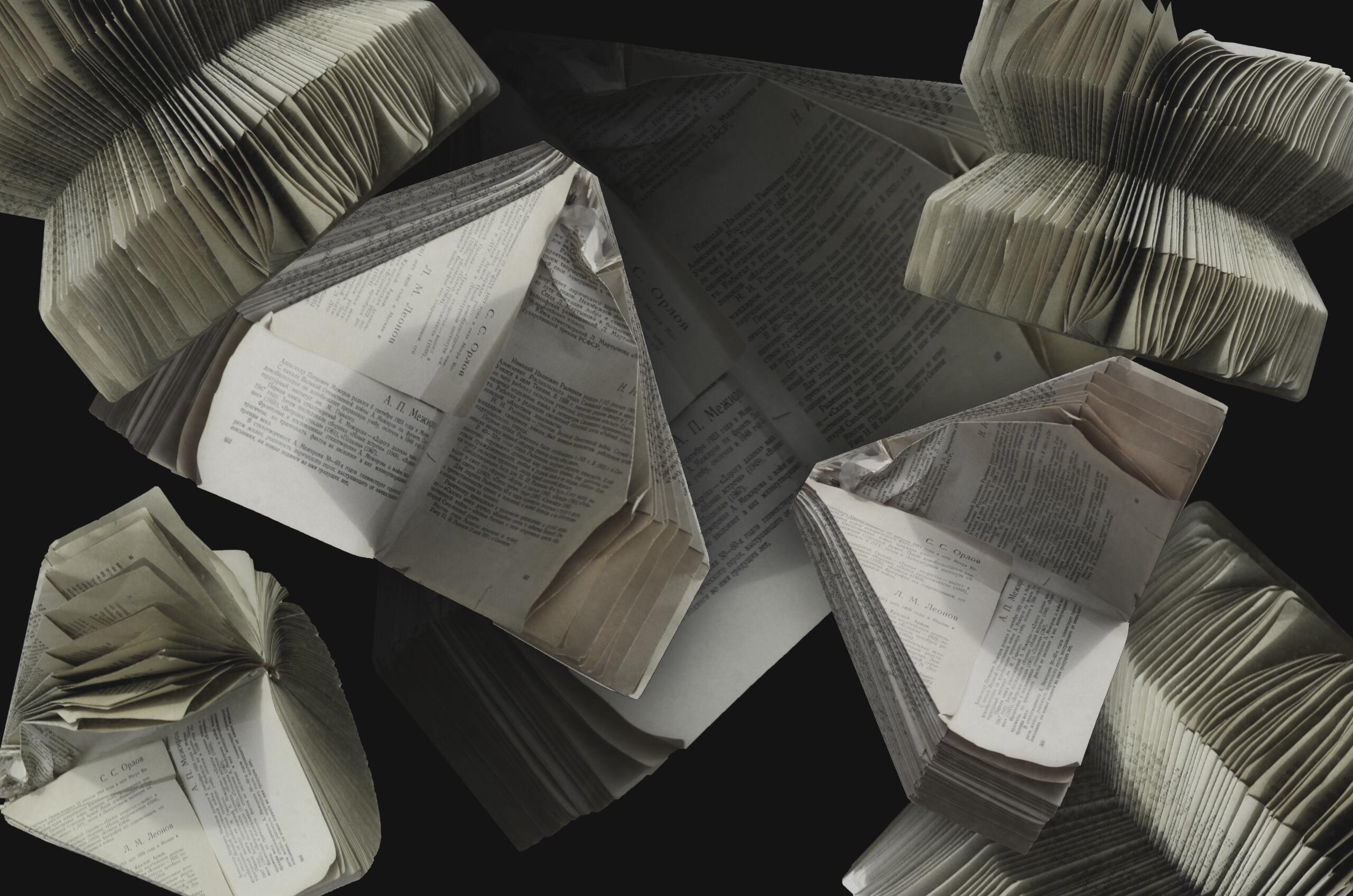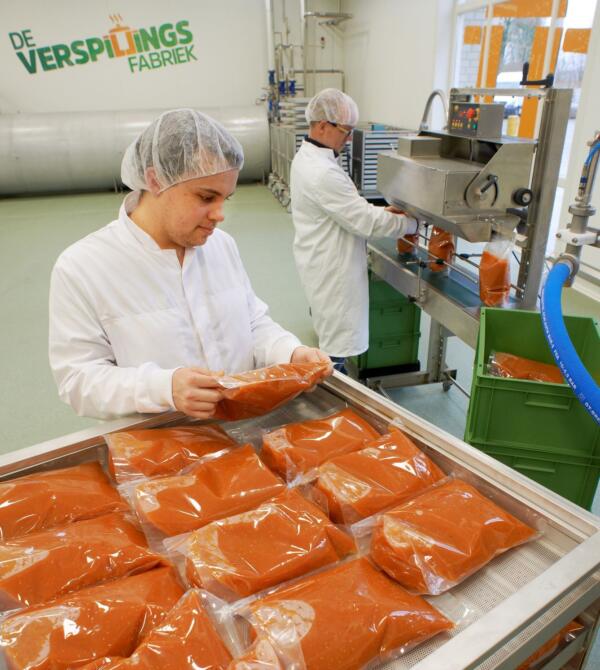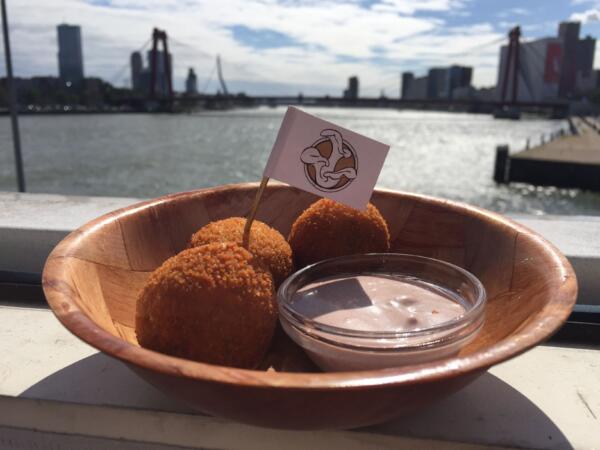Schut Paper – Residual fiber as raw material
Back in 2014, Dutch company Schut Paper published the world’s first book printed on paper made out of tomato plant fiber from the agricultural industry. After a successful test production of 4,000kg of paper, and the interest for paper made from tomato plant fibers, the firm now produces books, boxes, menus, brochures, note pads, etc. out of bio-paper. What makes this type of paper even more special is that it can be reused seven times over.

"On a global scale, 1 in every 3 chopped trees is used as pulp, a raw material for paper. This affects the world’s biodiversity."

Tomato fibers
The residue left from the horticulture sector – like tomato plant fibers cultivated in greenhouses in the Westland area – is available for free. By comparison, for the usual wood cellulose, paper producers pay up to €500 per ton. The paper sector has created a new supply chain which also has value to the horticulture market. After two years of development, Schut Paper launched Valorise. This is a result of collaboration with growers, knowledge centres, and universities for the circular value of fiber from agricultural residues such as tomato plants. The optimal scenario is that agricultural residue (e.g. tomato and paprika crops) is not composted, but that 100% is used as raw material for the paper sector and as an ingredient for other industries. In 2015, the Confederation of European Paper Industries (CEPI) voted Schut’s paper from tomato plant fiber one of the twenty most innovative products in the pulp and paper industry. Since the introduction of the paper, it has been successfully used for various publications and materials.



